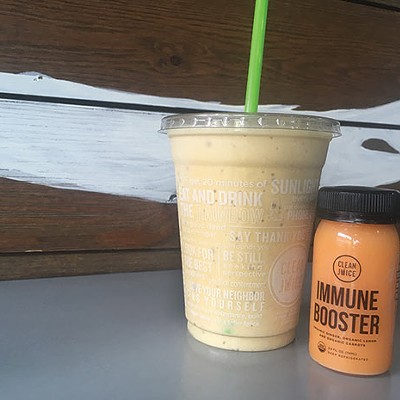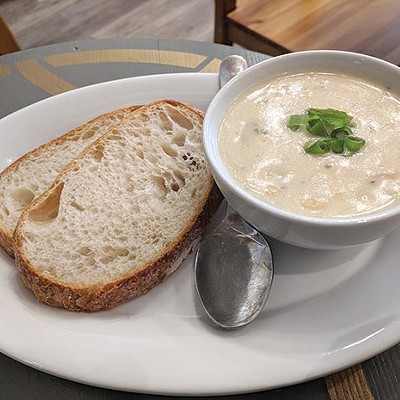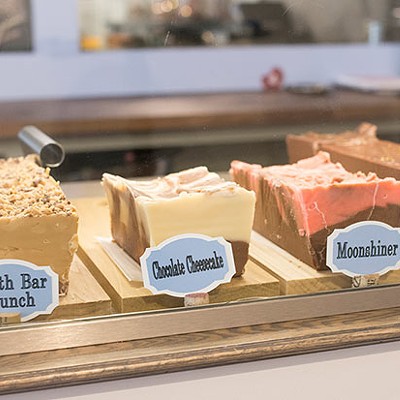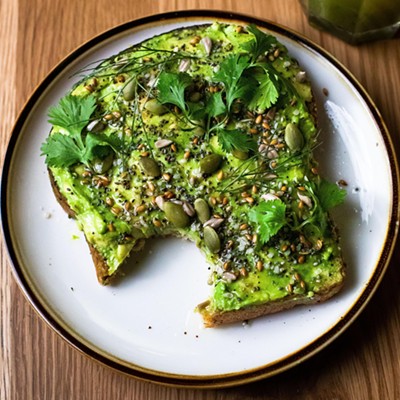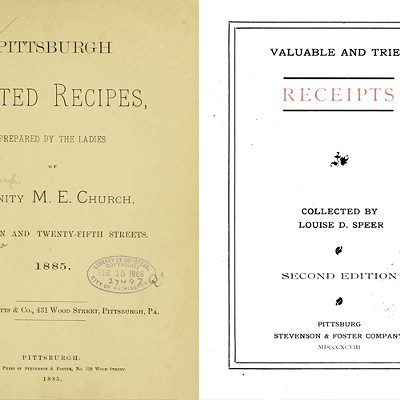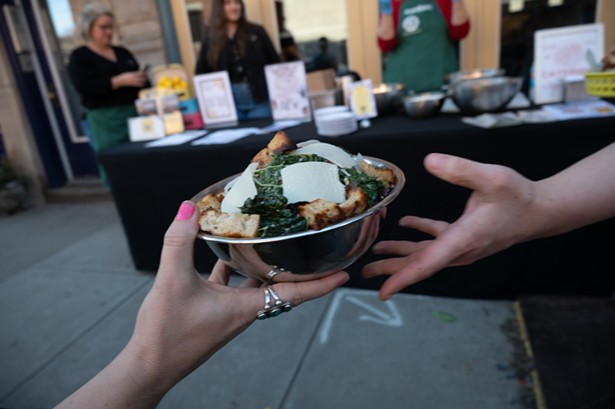Fall has much to recommend it food-wise, but I'm always excited about the arrival of quince. Martha Stewart calls it "fall's forgotten fruit," but it needn't be.
Quince looks like a pear-apple hybrid — especially when ripe and pale yellow — but it's actually a member of the rose family. (In fact, the fruit gives off a lovely flowery smell, even just hanging out in a bowl.) The apple-like fruit, which is rock-hard and super sour, appears challenging, but lends itself to several easy preparations.
Preserves: Rich in pectin, chopped-up quince (skin, core, seeds and all) combined with water and sugar turn quickly and easily into preserves, while also turning a gorgeous pink-orange color. (Pro tip: Put core and seeds portions in a spice bag while cooking for easy removal when done.) Advanced cooks can go for membrillo, traditional Spanish quince paste, often served with cheese.
Desserts: Treat chopped quince like equally sour rhubarb. It makes a fine pleasing tart addition to sweet breakfast cakes or combination fruit tarts.
Stews and tangines: Combines well with beef, lamb and pork. Khoresh beh is slow-cooked meat stew, made lively with quince, prunes and Middle Eastern spices, and as simple to make as any pot roast.
The biggest challenge may be finding quince. It does turn up in some supermarkets and farmers' markets, though often for only a short time. But the bushes grow abundantly around here, so foraging is definitely an option.


